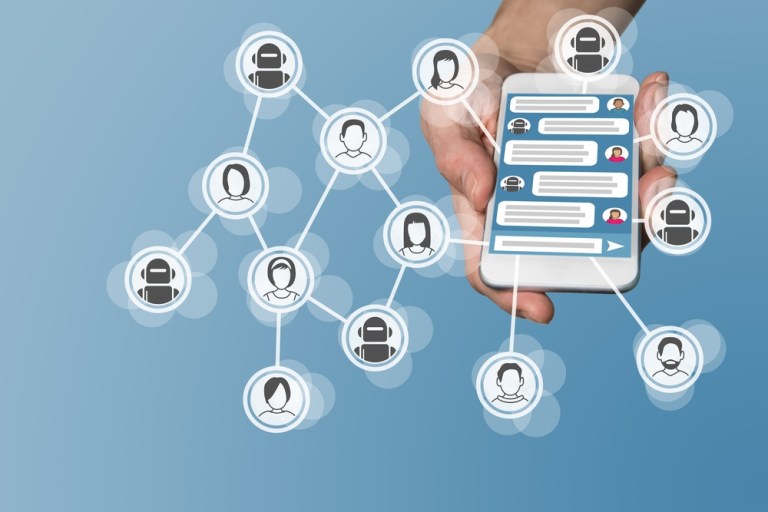
Personal assistants tend to have a huge impact on most any organization. From sharing meeting reminders to alerting people that there’s an upcoming deadline, they’re there to ensure everything stays on track and to relieve any added stress derived from minor tasks.
In today’s fast-paced world, real-life personal assistants may not be enough to accurately and effectively keep everyone on point. With the advent of computers increasing productivity standards, digital personal assistants have made their way onto the workplace scene via chatbots like Alexa, Cortana and Siri.
With a reported 30,000 branded chatbots and 6,000 voice-activated skills entering the market in 2016, the future of chatbots in the workforce is strong. But just how successful are these digital personal assistants, and what’s the likelihood that many businesses will integrate them into their daily work spaces?
Research from IT tech company Spiceworks shows AI chatbots have already been deployed in 19 percent of workplaces, and adoption rate of the technology is expected to see an uptick to 57 percent by 2021. There are a variety of factors that could contribute to this upward trend, but it’s most likely due to the fact that, as time progresses, more technology simplifies work activities. There’s a strong likelihood that there will be a positive correlation between enhanced technology and increased chatbot use.
While this research predicts there will be workplaces implementing AI chatbots, there isn’t currently a way to prove whether or not employees will use them or stick to more traditional forms of assistants. This research does, however, show that 61 percent of organizations will be using Apple’s Siri and 66 percent will be using Microsoft’s Cortana by the end of the year.
One of the main issues with chatbots in the workplace is that there are still a few bugs to work out. While most can’t rely on them entirely to effectively take care of all the tasks required throughout the day, the technology is on its way. A messaging bot that could potentially lead the way for this is one that Slack is putting together, which helps streamline multiple facets of everyday work life into one central location. Slack hopes that its chatbot will help employees with a myriad of activities, including booking travel, serving documents, exploring sales leads, onboarding employees and remedying technical corporate worker challenges.
CIO quoted Slack Head of product April Underwood, who commented on how the messaging bot could impact employees’ daily lives. She said: “Imagine if [employees] can interact with those applications apps inside of Slack with a messaging interface that is as simple to use as having a conversation with their coworkers. That starts to paint a picture of the world in which using more applications at work doesn’t create this big learning curve and a burden for teams.”
With the introduction of voice-based chatbots, the above-mentioned tasks, like scheduling meetings or arranging travel plans, will become more seamless. People are talking into their smartphones and computers more and more to complete or track tasks. Any time there’s a way for people to make a task easier and less stressful, they’ll do it, and voice-based chatbots are helping in a big way. These types of chatbots require the minimum effort in the workforce, which may cause an uptick in voice-based versus non-voice-based chatbot use.
Integrating new technology into any workplace can be a difficult task to accomplish. The ability for the many types of chatbots to penetrate the workplace will become easier over time with more tech-savvy people entering the workforce each year. After seven years of consecutive job growth under the Obama administration, 2016 saw 2 million new jobs added, which bodes well for a consistent flow of tech-enabled workers entering the workforce.